BARK! SQUEAK! MOO! Writing From an Animal’s Point of View
This post may contain affiliate links.
written by author Carolyn Crimi
BARK! SQUEAK! MOO! Writing From an Animal’s Point of View
It happened again last night as my dog stared at me woefully from his bed.
“What is it that you want?” I asked, possibly for the millionth time. He just kept staring. He does this often.
It’s a frustration that many dog owners feel. If you love dogs, as I do, you want to make them as comfortable as possible, but that’s difficult when you have no idea what they are trying to say to you.
This is part of the reason why I enjoy writing from a dog’s point of view. It’s a way for me to imagine what my dog is thinking about.
My dog is a rescue. He has some quirks that he acquired before he met me, which makes me wonder what his life was like then. Who were his owners? How did they treat him? Where did he live and why did he leave? Does he like living with me? These musings inspired me to write my middle-grade novel, SECONDHAND DOGS.
“A sensitive, satisfying, and intriguing canine tale.” —Kirkus Reviews
Writing from an animal’s point of view also gives me more freedom.
Animal characters can be a lot more disagreeable than human characters, and for some odd reason they get away with it! I once wrote a picture book about a bossy little girl who resented the new kitten in her house. I found her bossiness very funny, but when I sent the story out to lots of publishers, the editors found the girl in the book “too unlikeable.” When I changed the character from a girl to a cat, I sold the book right away (I Am the Boss of this Chair, illustrated by Marisa Morea). We may not appreciate bossy children, but bossy cats are totally acceptable (and funny!).
Animal characters can also do things that might be seen as too unsafe if they were children. The dogs in my book SECONDHAND DOGS run away from home. They sleep in garages and eat food out of garbage cans. Imagine if these characters were children. The story would be very different! The FBI would be called. There would be search parties and news reports. That simply was not the story I wanted to write.
But mostly, I just love animals, and writers should write about things they are passionate about. Yes, I am that person watching kitten videos on a Saturday night. As a child, I pored over encyclopedias for any and all information about cats and dogs, and I continue to read about animal behavior to this day. Researching animals for my books never feels like work to me since I do it anyway for fun.
We live so closely to our furry beasts, and yet our worlds are far apart. It’s this distance that interests me. By writing about it, I hope to answer the questions that I have about the animals around me.
Unfortunately, I still don’t know why my dog stares at me all the time.
Activity for Kids:
Write From Your Pet’s Point of View
Imagining what your pet might be thinking is a fun activity and a great way to start a story.
Even if you don’t have a pet, you can imagine what the squirrels, chipmunks and rabbits around your home are thinking.
- Choose a main character—your pet or a wild animal—and observe the way he or she moves. Cats slink. Chipmunks scamper. Dogs trot. Make a list of verbs you might use in your story. Using the right verb really makes your writing sparkle!
- Choose a problem for your main character. Maybe your dog doesn’t like his new bed. Perhaps the squirrel in your yard can’t find the nuts she’s hidden. Stories are based on problems characters have. If your main character doesn’t have a problem, you don’t have a story.
- Once you have a problem, think of ways your character might solve it. Does the squirrel ask all the other squirrels to help? Does your dog rip up that new bed? Have your character struggle with this problem. In most stories, a character makes three attempts to solve the problem.
- Now comes the hard part. How will your character solve her problem? Sometimes I make up a list of ten different ways for my characters to solve their problems. Maybe that squirrel uses a miniature digger to tear up the yard, or your dog sews his own bed. Be as silly as you like. Sometimes the best ideas come from these lists!
The most important thing is to have fun with your story. And when you’re done, don’t forget to read it out loud to your pet—or the squirrel in your yard.
About Carolyn Crimi

Carolyn Crimi received her MFA in Writing for Children from Vermont College in 2000. She has published over 15 books, including Dear Tabby, Don’t Need Friends, Boris and Bella, Henry and the Buccaneer Bunnies, Where’s My Mummy?, and I Am the Boss of this Chair. Her book There Might Be Lobsters won The Golden Kite Award in 2018 for Best Picture Book Text, and her middle grade debut, Weird Little Robots, was named a BEA Book Buzz pick. Carolyn has received over thirty state awards and award nominations and was given The Prairie State Award in 2012 for her body of work. You can visit Carolyn at carolyncrimi.com and follow her on Facebook and Twitter.

Related Posts:

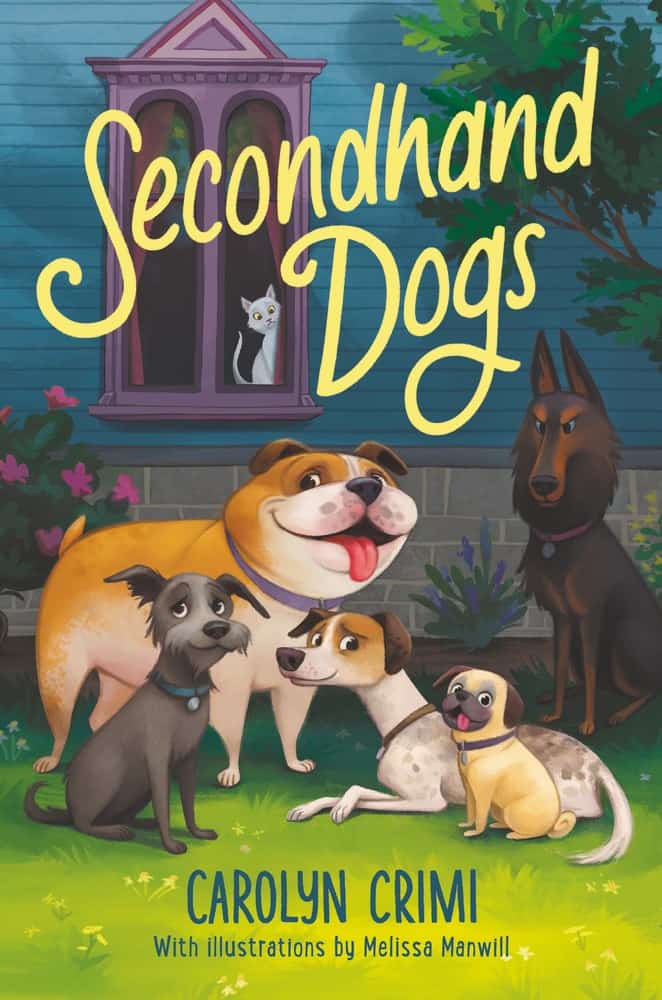
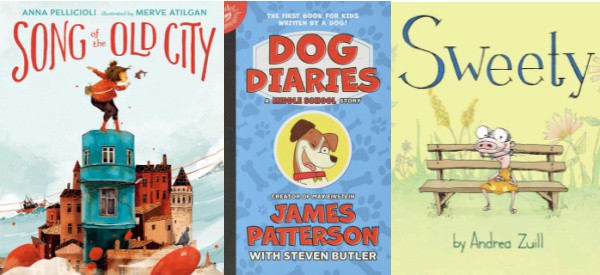



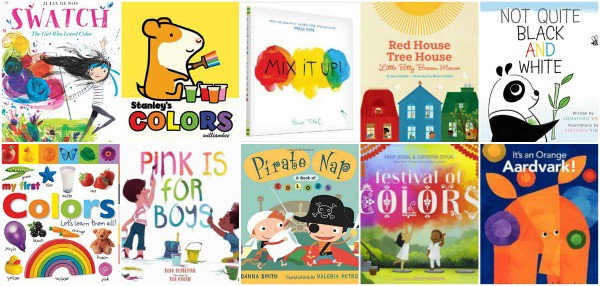
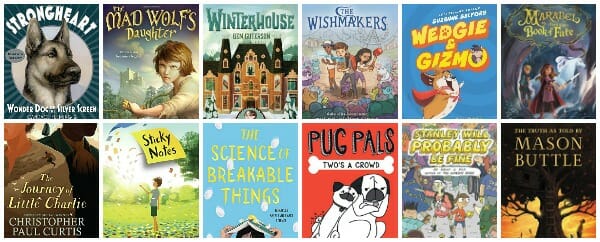
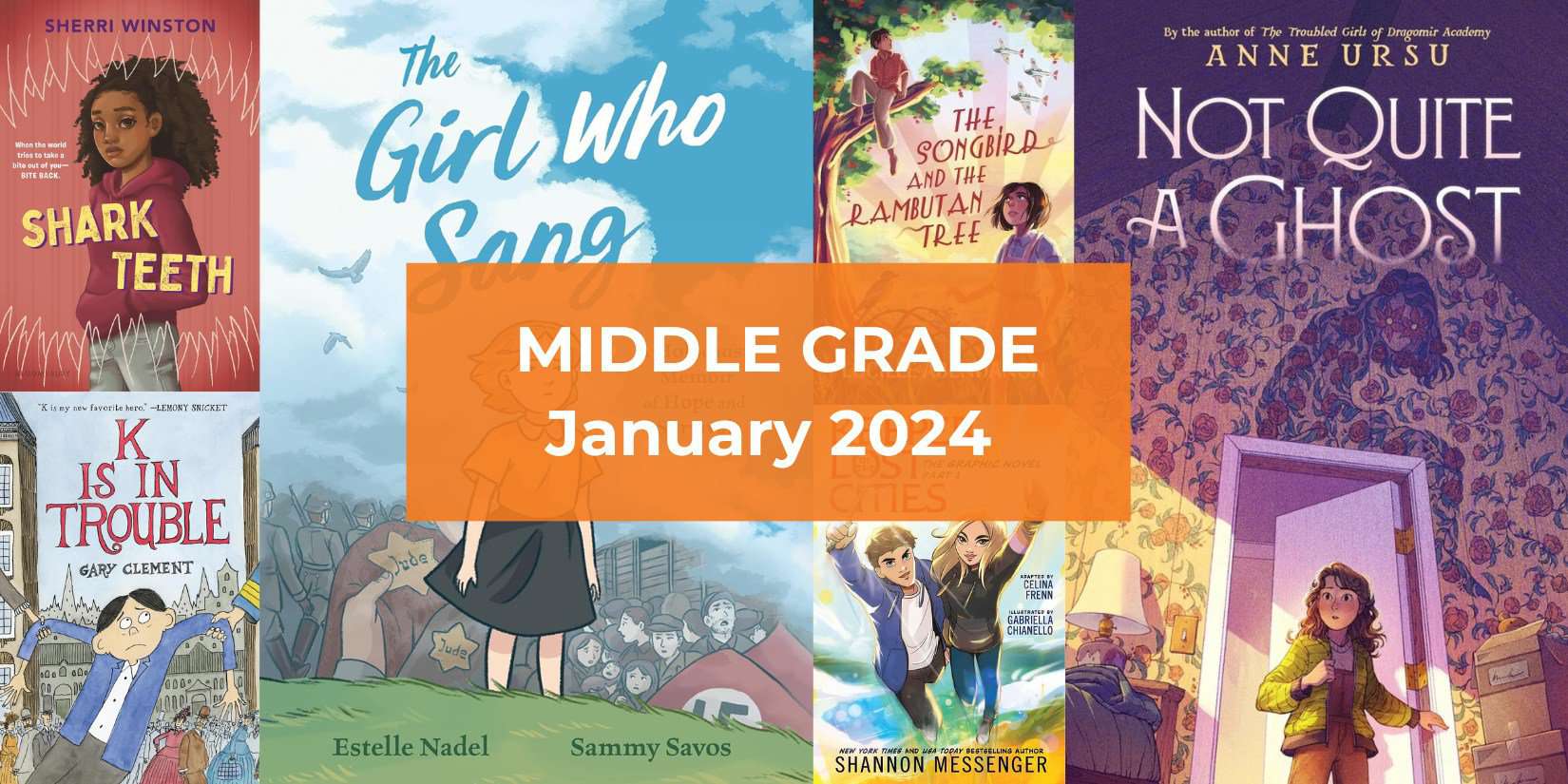
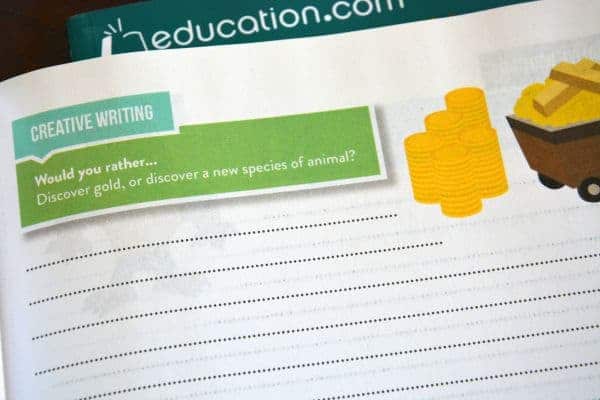

Hi Melissa, I just finished a series of 30 self standing books all 1500 to 2000 words long, for third to fifth grade readers. I placed the reader in the life a wild animal in their world for a day. The thirty different animals range from a mouse to a moose who teaches the reader how they live, and survive. Humor, and a crisis or two, while carefully showing the way each different animal thinks and reacts, all done in a rhyming format keeps the reader always interested, and engaged. It took me, off and on, close to thirty years to wright these works. I would love to ask you a couple questions on how to proceed to get all this knowledge and entertainment into kid’s hands, if it isn’t to much trouble My name is Dave Endres, and live in northern, rural Minnesota. PS. If I could send you a short sample also that maybe would help.
I would suggest researching the publishing journey through SCBWI. Best of luck!